Cats have been companions to humans for thousands of years, yet their communication methods remain mysterious to many. Unlike dogs, which are seemingly straightforward in their expressions, cats communicate in more subtle and complex ways. This article delves into whether cats actually communicate with humans or whether we are merely interpreting their behavior to suit our narratives.
The Nature of Cat Communication

Understanding cat communication requires a closer look at their natural behaviors. Cats are often perceived as independent and aloof, yet they have intricate ways of expressing themselves—through vocalizations, body language, and even behaviors. Acknowledging these methods is the first step in comprehending the feline-human communication bond.
Vocalizations

Cats are known for their unique vocalizations, which include meows, purrs, hisses, and growls. Notably, adult cats primarily meow to communicate with humans, not each other. This suggests that meowing is an adaptive behavior developed to interact specifically with humans. Each sound can have different meanings based on context, frequency, and tone.
The Silent Communicator
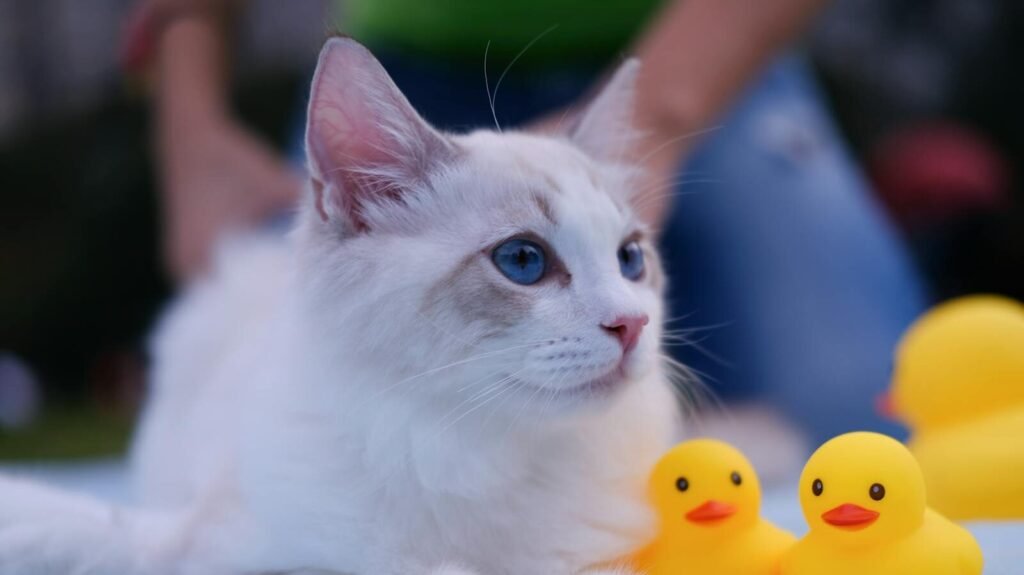
While vocalizations are notable, a cat’s body language can speak volumes. Everything from the position of their ears to the twitch of their tail can convey messages. Understanding these subtle signals can enhance the way we interpret our feline companions’ intentions and moods. For example, a cat rubbing against you is often a sign of affection and marking territory.
The Role of Eye Contact and Blinking
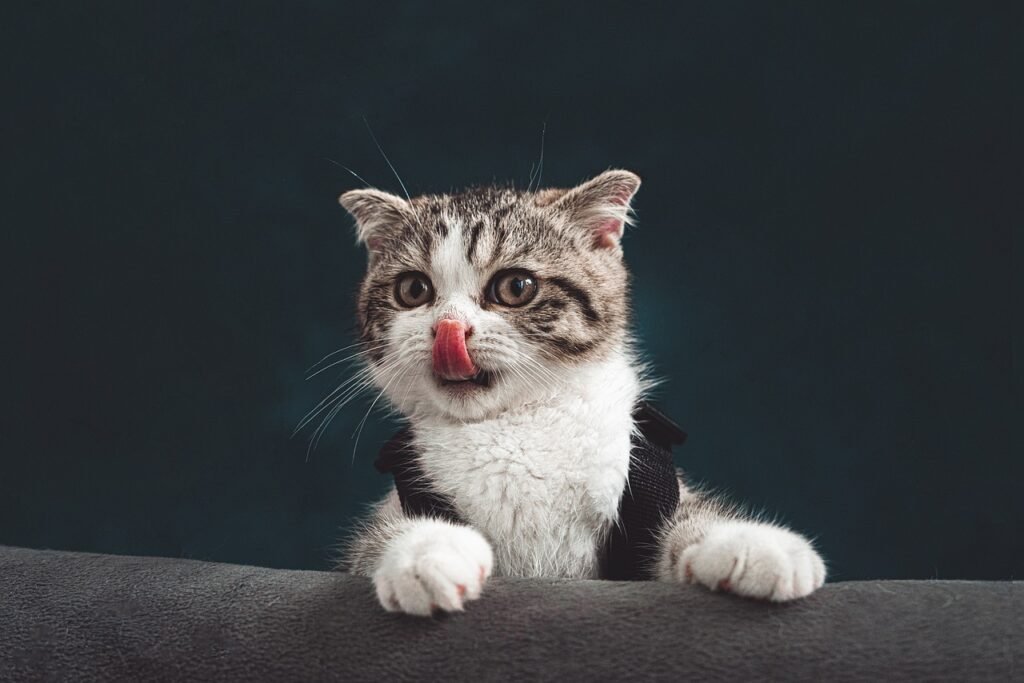
The eyes of a cat can communicate a lot. Slow blinking is often interpreted as a sign of trust and affection, a phenomenon some call a “cat kiss.” Direct eye contact might be seen as a threat, while half-closed eyes indicate relaxation. Recognizing these cues can help foster a mutual understanding.
Tactile Communication
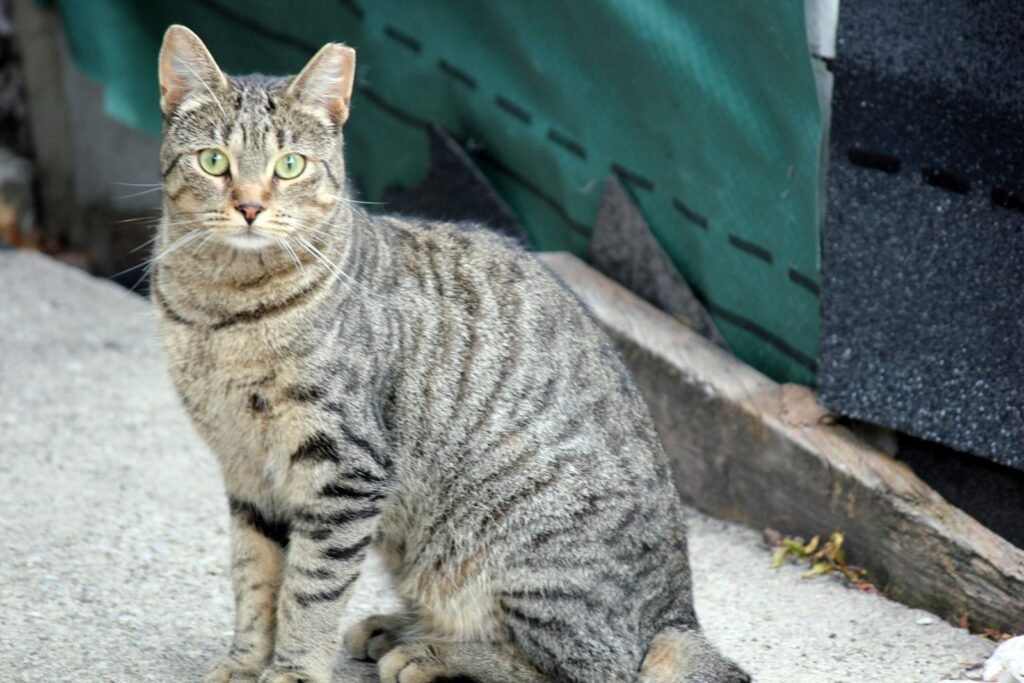
Cats utilize tactile cues such as rubbing, nudging, and grooming to communicate with their human counterparts. These tactile interactions can indicate affection, trust, or a demand for attention. Cats also use their whiskers to gather sensory information, responding to touch with varying degrees of acceptance or resistance.
The Impact of Human Interpretation
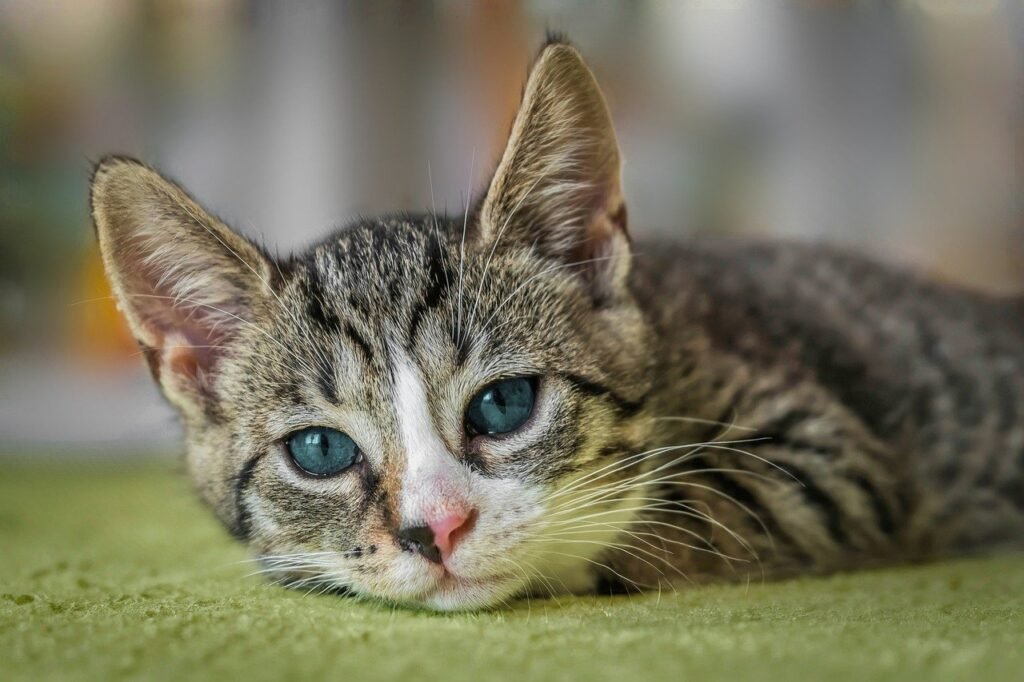
Despite cats’ efforts to communicate, much of the understanding happens on the human end. We interpret their signals through the lens of our experiences and emotions. This can lead to a rewarding relationship or, in some cases, misinterpretations. Being aware of our own biases and taking the time to learn cat behavior is vital.
Scientific Studies on Feline Communication

Numerous studies have explored the intricacies of how cats communicate with humans. Research indicates that cats can respond to human attention, gestures, and emotions. Some experiments have demonstrated that cats recognize their owner’s voice and may react differently to it as opposed to a stranger’s voice.
Cats’ Ability to Respond to Human Emotions

It’s commonly observed that cats can be sensitive to their owners’ emotional states. They might come closer or show increased affection when they sense their humans are upset or stressed. While these responses could be interpreted as empathetic, they may also be a reaction to the change in behavior that comes with human emotional shifts.
The Unique Cat-Human Bond
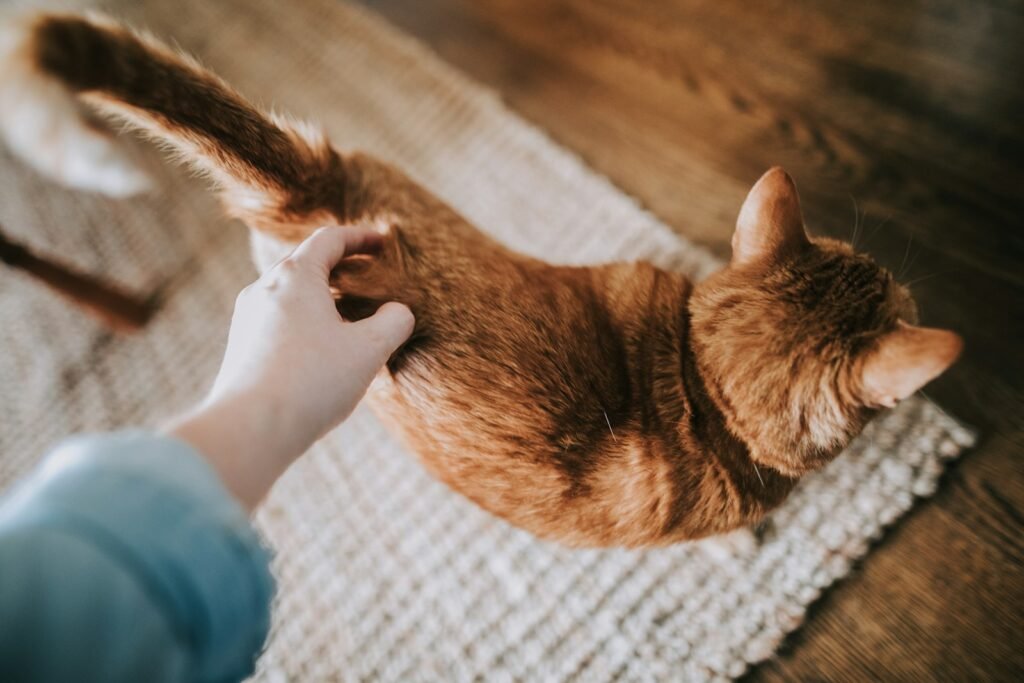
The relationship between cats and humans is a unique bond built on subtlety and understanding. While different from canine-human relationships, it offers depth and richness. Recognizing the unique communication strategies of cats can lead to a more harmonious coexistence.
A Two-Way Street of Interaction
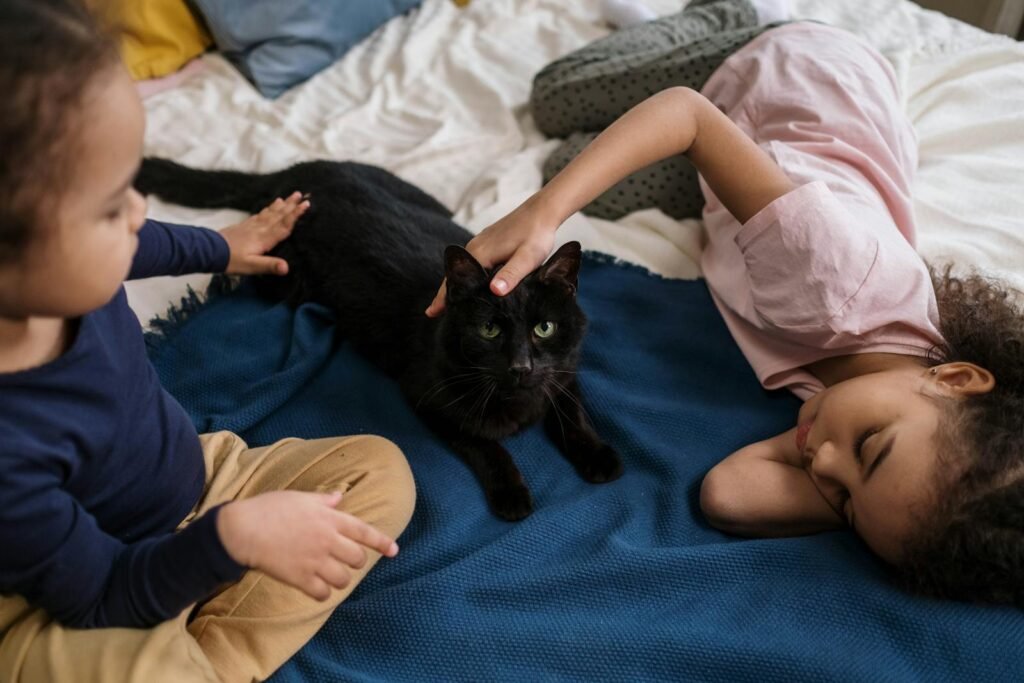
In conclusion, cats do attempt to communicate with humans, although their methods can be elusive and often tailored to the particular human they are interacting with. Whether vocalizing for attention, using body language to express comfort, or responding to emotional states, cats reveal a complex communication style geared toward their human companions. Yet, much of this interaction depends heavily on human interpretation. By striving to understand these cues, humans can deepen their relationship with these enigmatic creatures, appreciating the unique language they offer.

Growing up traveling and experiencing new cultures and wonders, I have had a passion for nature, adventuring, photography, and videography. I am currently working towards a BSc in Biodiversity and Ecology at Stellenbosch University, and I hope to specialise in Marine Sciences one day.
Please send any feedback to Feedback@animalsaroundtheglobe.com






